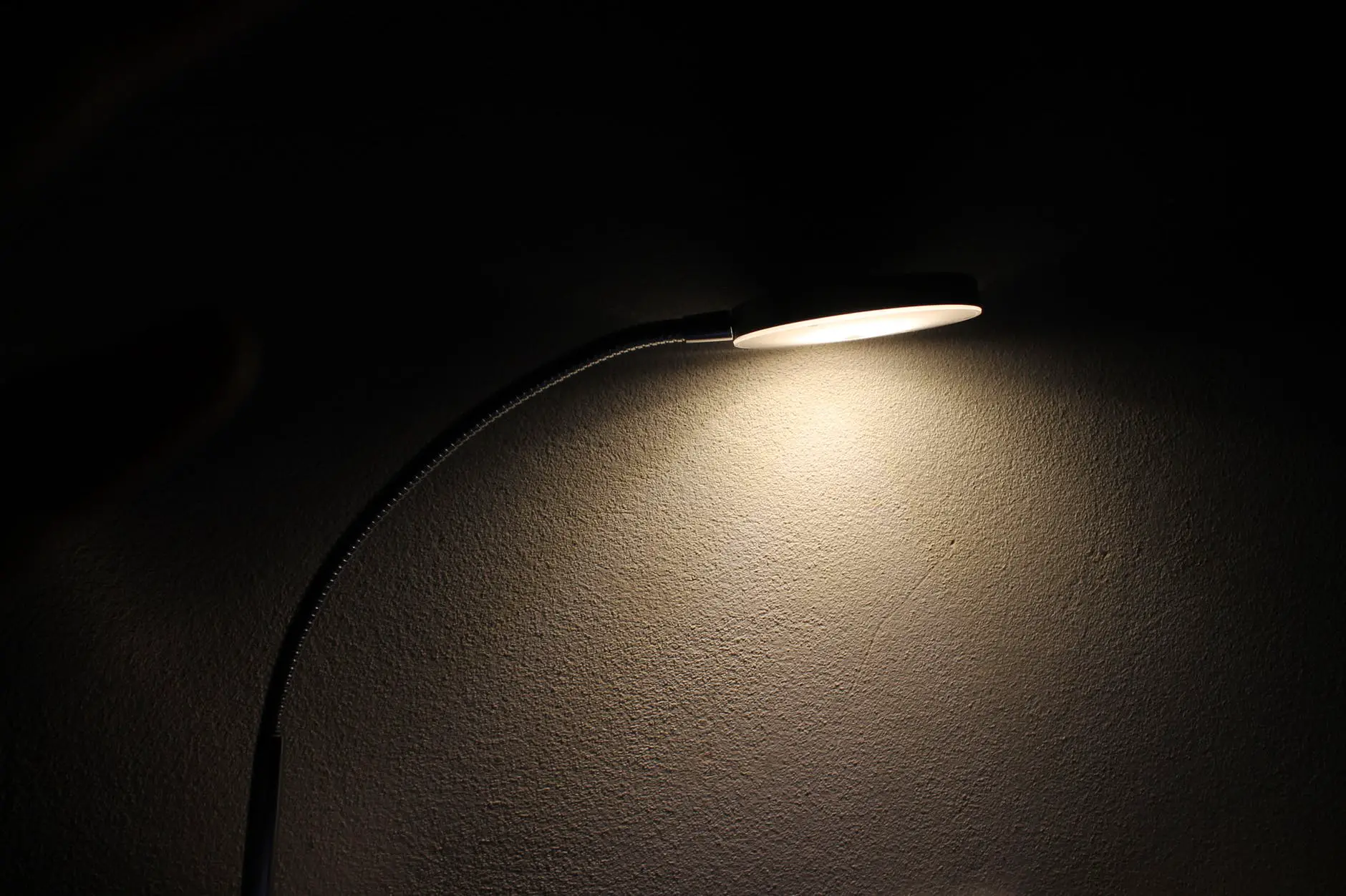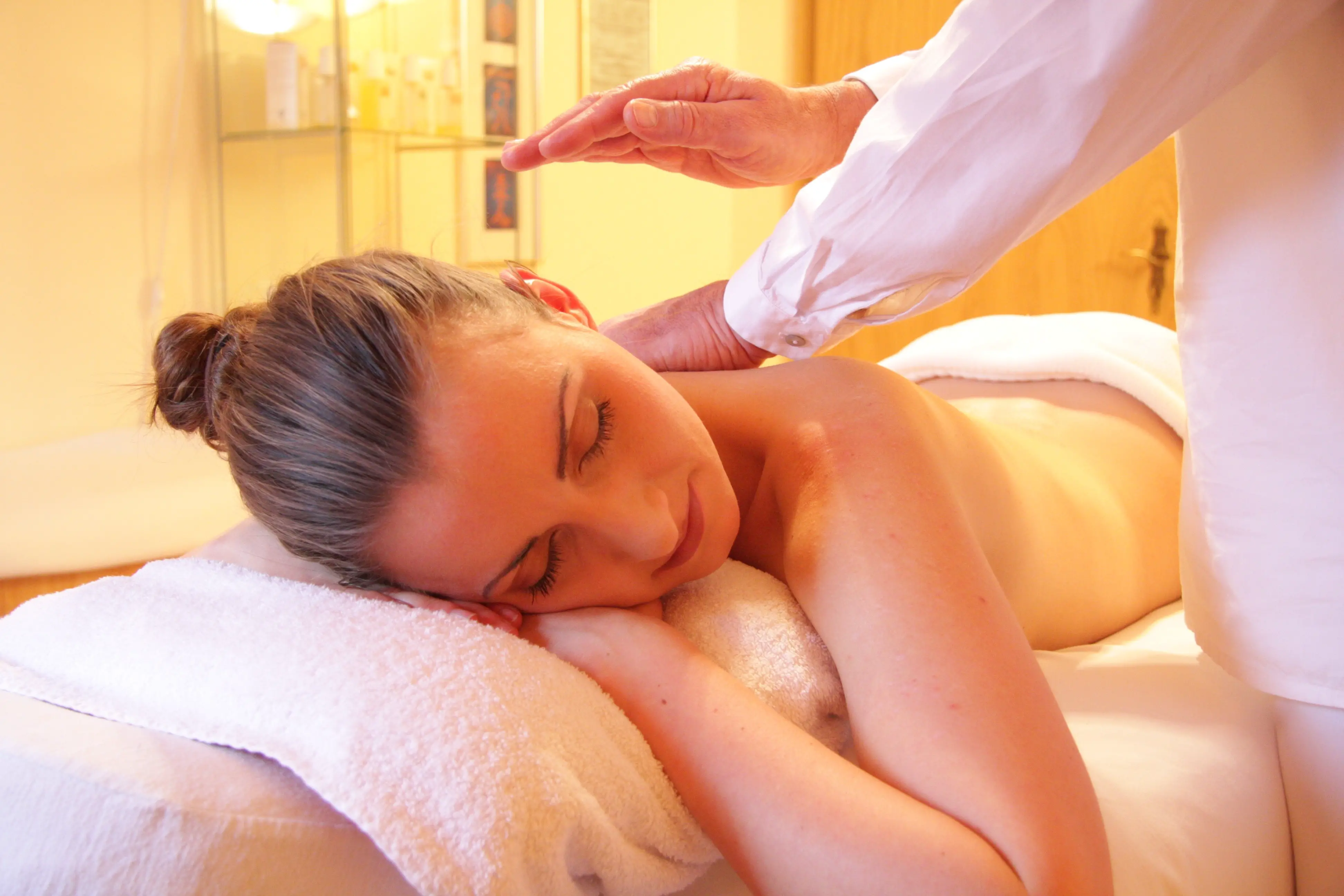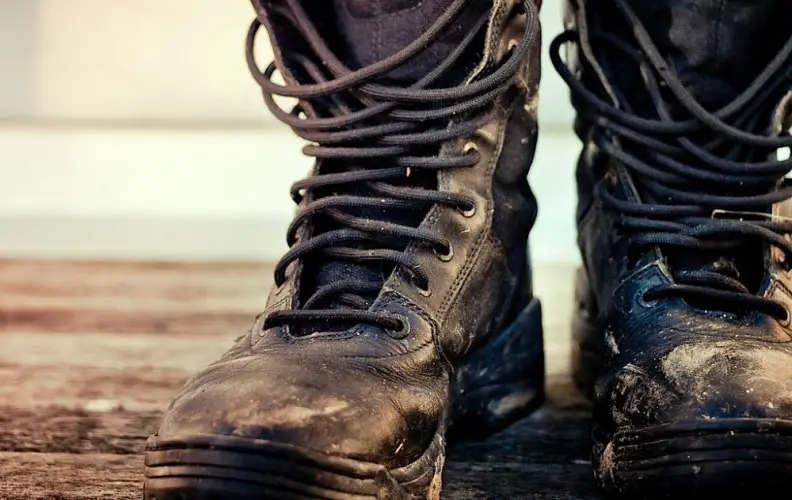Spider Bite Treatment: 6 Home Remedies to Try
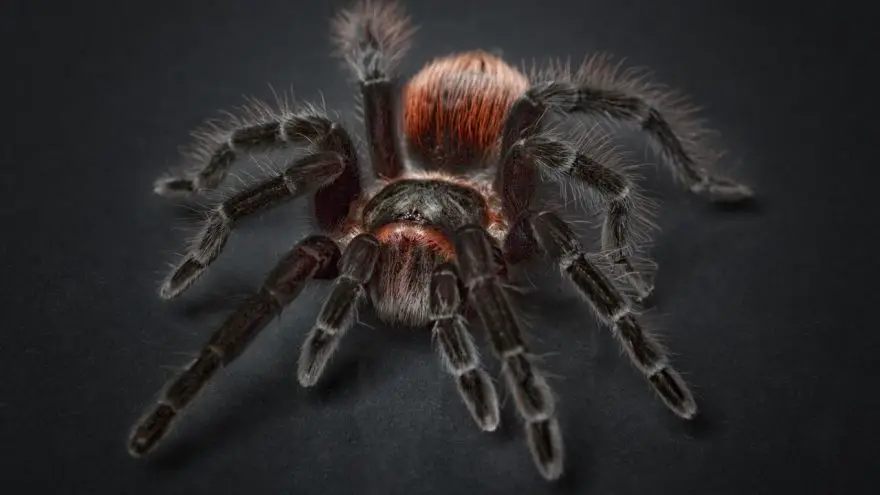 Spider Bite Treatment: 6 Home Remedies to Try
thegearhunt.com
Spider Bite Treatment: 6 Home Remedies to Try
thegearhunt.com
There are times when you will get bitten by a bug, yet you don’t have any clue as to what kind bit you. Maybe it was a mosquito, or even a spider! Spiders can definitely bite you and they tend to be rather stealthy about it – like biting you when you happen to be asleep.
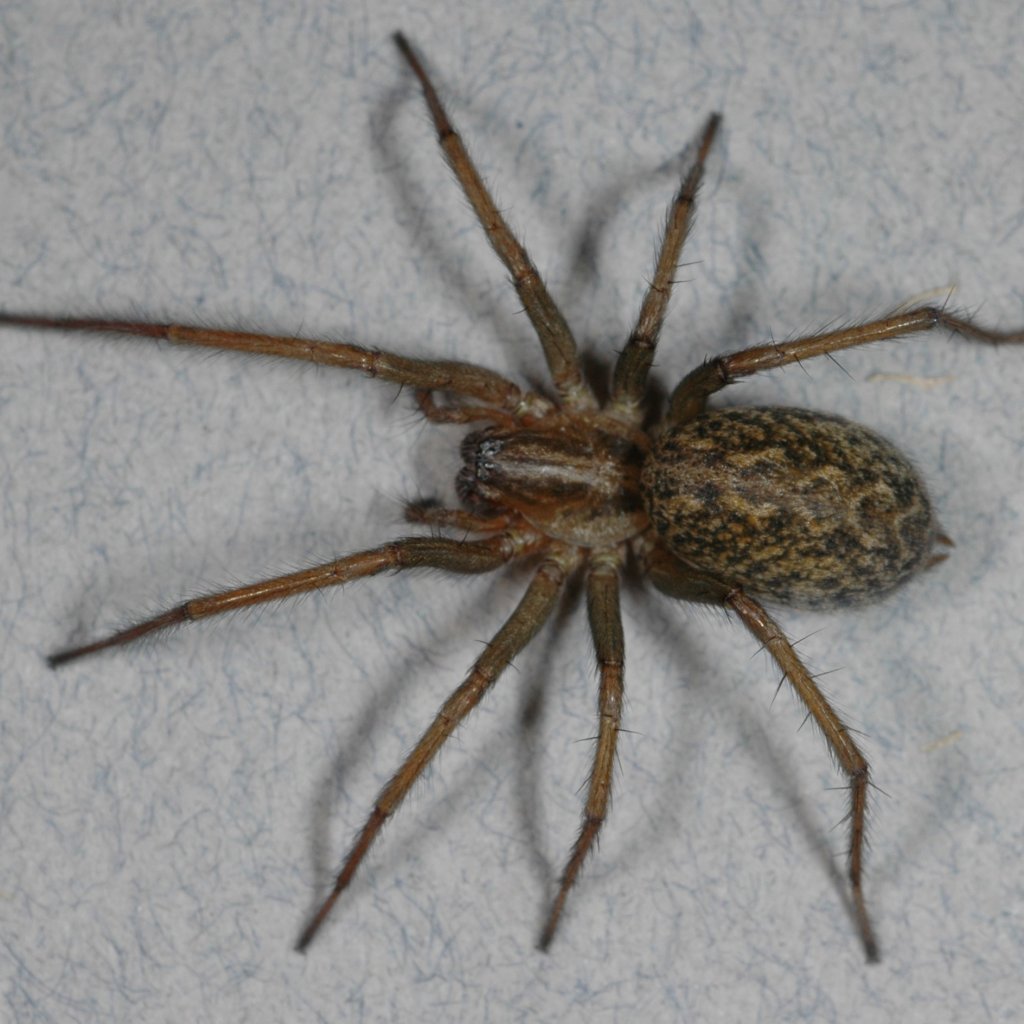 Arachnidism, or a spider bite, can be defined as an injury that is the result of being bitten by a spider. Every type of spider has fangs, and most of them are also venomous so that they can kill their prey. That being said, only a few species of spiders have fangs that can actually break through human skin to inject them with their venom. Some of the spiders in this category are camel, hobo, brown recluse, wolf, and black widow spiders.
Arachnidism, or a spider bite, can be defined as an injury that is the result of being bitten by a spider. Every type of spider has fangs, and most of them are also venomous so that they can kill their prey. That being said, only a few species of spiders have fangs that can actually break through human skin to inject them with their venom. Some of the spiders in this category are camel, hobo, brown recluse, wolf, and black widow spiders.
It can be helpful to know what the symptoms of spider bites can be. This is because if you know them, you will be able to know how to treat them. Also, not all species of spiders are created equally. Depending on the species of spider that bites you, the symptoms can run the gamut from outright poisonous to quite mild. What do spider bites look like? What are some of the symptoms of a bite from a brown recluse? Get ready to learn about symptoms and how to treat them in the comfort of your own home.
Spider Bites
As far as spider bites go, there are a few things that depend on the type of spider that bit you. Amazingly, there are more than 40,000 species of spiders throughout the world! The good news is that as far as humans go, there are only about a dozen that can cause significant harm.
In the US, the brown recluse and the black widow are 2 of the most concerning ones. There is good news in that deaths and even serious medical complications from spider bites don’t tend to be common. Typically, spiders tend to not go out of their way to bite humans. When they do bite a human, it is generally a case of self-defense. How is that possible? If a spider is caught between you and the surface of another object, it can feel trapped and bite you. For example, say you haven’t worn your favorite pair of boots in a while and go to put them on. If there is a spider in one of them, the spider will more than likely try to bite you in order to keep from being squashed.
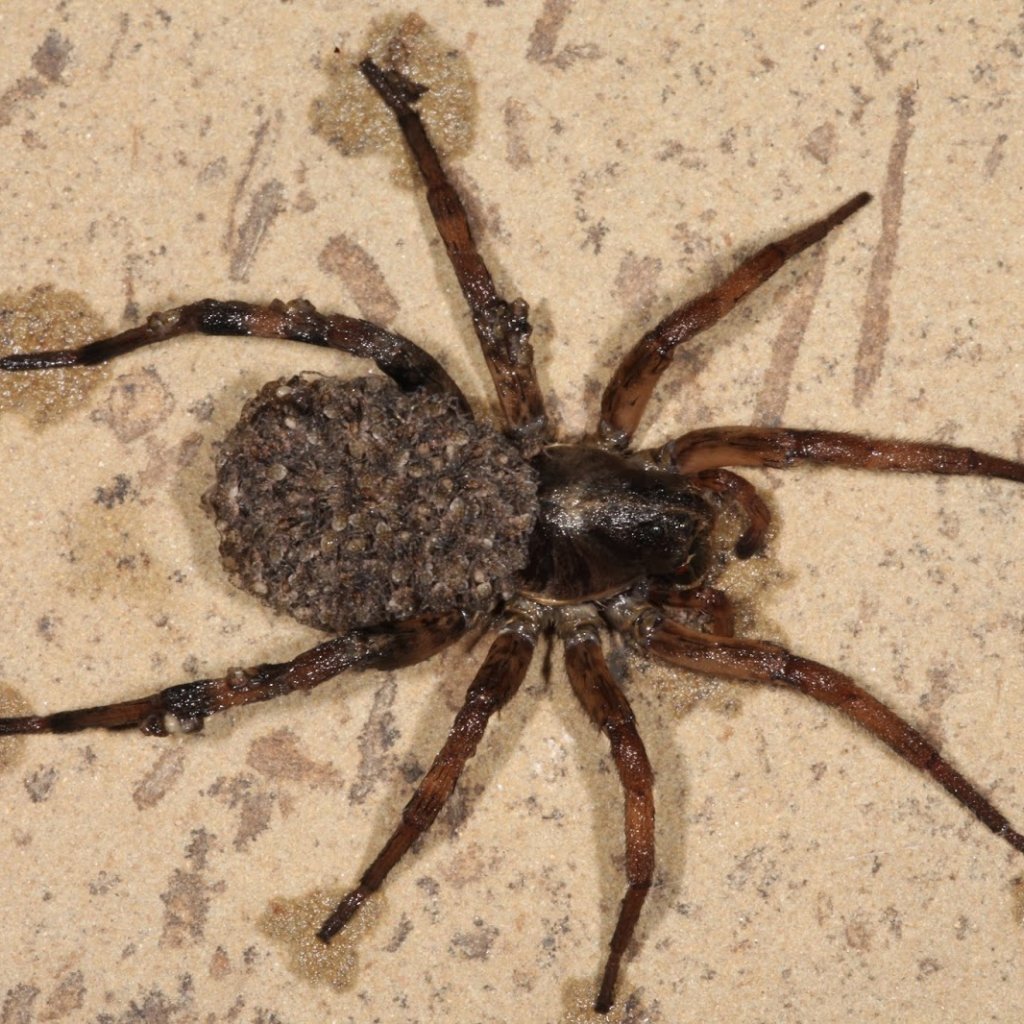 Different spiders can be more prevalent in different parts of the country too. You should familiarize yourself with the threatening spiders that are local to your area, and that you might come into contact with. In the US, some of them could be the wolf, mouse, hobo, red widow, brown recluse, and black widow spiders.
Different spiders can be more prevalent in different parts of the country too. You should familiarize yourself with the threatening spiders that are local to your area, and that you might come into contact with. In the US, some of them could be the wolf, mouse, hobo, red widow, brown recluse, and black widow spiders.
For example, in the Southwest, you might want to know that a black widow spider is black, plump, and has a red hourglass shape right on its abdomen. If you see one of these, beware.
Symptoms of a Spider Bite
It can often be difficult to know what species of spider actually bit you due to the fact that you may not even notice that you have been bitten until hours later. Also, it can be difficult to tell a spider bite from the bite of other bugs. So, what exactly, does a bite from a spider look like? Typically, a spider bite will look like any other bug bite. It will be a small red, swollen bump. As with bites from other types of bugs, spider bites can be painful and/or itchy. The degree of intensity from the bite will depend on the species of the spider, how much venom was injected, and how sensitive your body is to the venom.
Typically, symptoms will include things like:
- Mild pain
- Itching
- Inflammation
- Redness
You may have heard the term ‘house spider’. This is a generic sort of term that is used to describe a wide range of spiders that can often be found in structures where humans live. Symptoms of a house spider bite can vary depending on the actual species of spider.
Take the black widow, for example. Symptoms of a bite from a black widow can include things like:
- Restlessness
- Numbness
- Nausea and vomiting
- Elevated blood pressure
- Increased production of saliva and sweat
- Abdominal rigidity or cramping that is so severe that it can be thought to be a ruptured appendix or appendicitis.
- Localized pain around the area of the bite, but that can spread to the abdomen, back, and chest
- Burning and pain at the site of the bite that generally starts within an hour after you are bitten.
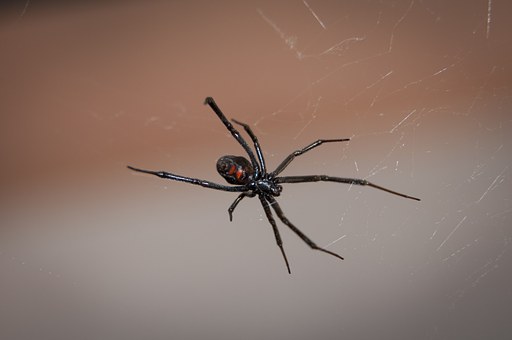
Brown recluse spiders have six different eyes and they are recognized by the shape of a violin on their back. Symptoms of a bite from this spider can include things like:
- Children can have allergic reactions to their venom.
- Skin necrosis (tissue death) that can result in a deep ulcer that can leave a scar.
- At times, the skin right in the middle of a bite can turn dark purple/blue and develop into an open, deep sore that will enlarge as the skin around it dies. This can stop growing within as little as 10 days, but the scarring can last a lifetime.
- Bites tend to heal on their own in about a week.
- Body aches
- Chills
- Fever
- A bite that looks a bit like a bulls-eye. There might be a blister in the middle that will scab over and fall off, leaving an ulcer in its place.
- Itching and pain that will increase within 8 hours after the bite.
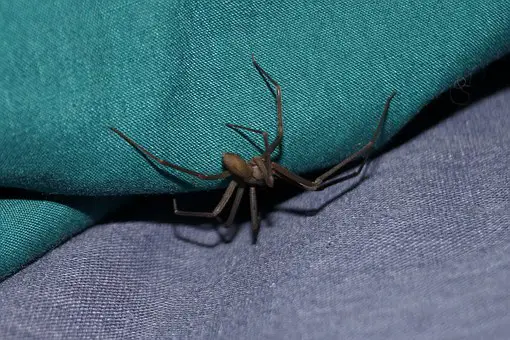
Wolf spiders tend to be tan. Black, gray, or brown and have darker markings. They will have a pair of eyes in front that will be much larger than the other 3 pairs. Symptoms of a bite from this spider can include:
- Tissue damage in some cases.
- Healing that can take as long as 10 days.
- Swollen lymph glands
- A bite that can tear your skin and cause swelling, redness, and pain.
Risk Factors for Spider Bites
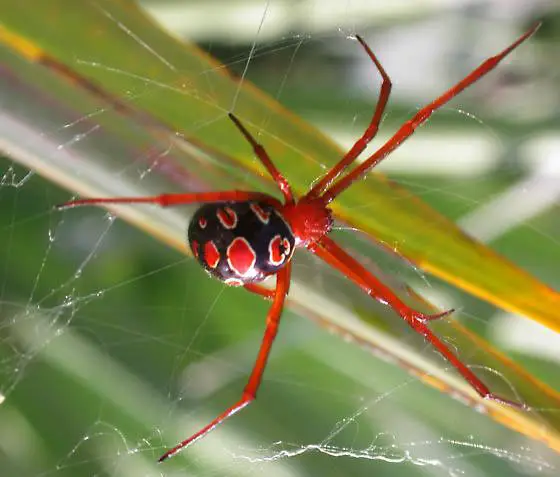 As far as the US goes, bites from dangerous spiders are not common. That being said, there are a few things that can increase the risk of getting bitten by one. Those risks will depend on where you live and the types of spiders that are found there. For example, brown recluse and black widow spiders tend to like climates that are warm and places that are both dry and dark. They don’t typically go out of their way to bite humans but can if their homes or areas where they live are disturbed.
As far as the US goes, bites from dangerous spiders are not common. That being said, there are a few things that can increase the risk of getting bitten by one. Those risks will depend on where you live and the types of spiders that are found there. For example, brown recluse and black widow spiders tend to like climates that are warm and places that are both dry and dark. They don’t typically go out of their way to bite humans but can if their homes or areas where they live are disturbed.
If you happen to live in the Southwest in the States, you might be more likely to run into black widow spiders. Areas to be careful around include unused containers or gardening pots, sheds, garages, and woodpiles.
Another spider that can be a danger for humans is the brown recluse, that lives in the South as well as in the southern part of the Midwest. You might be able to find this spider in places that include the insides of tree stumps, under rocks, in attics, behind dressers, or in cupboards that don’t get a lot of use.
Conventional Treatments for Spider Bites
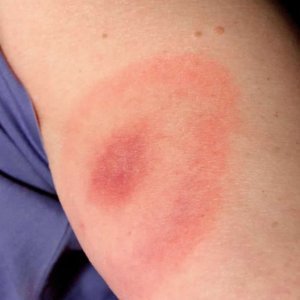 The Mayo Clinic says that most of the time, spider bites don’t really require any sort of medical intervention. Some of the conventional ways to treat them begin with cleaning the bite and putting a bit of antibiotic ointment on it. Then, you can apply a cold compress to the site and elevate it if you were bitten on your leg or arm. You might also take an OTC painkiller along with an antihistamine as necessary and watch out for any symptoms of infection. If your bite area becomes infected, you will need antibiotics.
The Mayo Clinic says that most of the time, spider bites don’t really require any sort of medical intervention. Some of the conventional ways to treat them begin with cleaning the bite and putting a bit of antibiotic ointment on it. Then, you can apply a cold compress to the site and elevate it if you were bitten on your leg or arm. You might also take an OTC painkiller along with an antihistamine as necessary and watch out for any symptoms of infection. If your bite area becomes infected, you will need antibiotics.
For bites that are more serious – such as a bite from the black widow – or bite symptoms that are potentially life-threatening, your doctor might even inject you with a bit of antivenom. They might even do that through the use of an IV. This antivenom can also sometimes cause allergic reactions that can be intense.
6 Natural Treatments for Spider Bites
So, how long does it typically take for someone to recover once they have been bitten by a spider? This will depend of the species that bit you as well as how your body reacts to the venom. That said, most of them tend to go away after about a week. Typically, it will be sufficient to treat a bite from a spider right in your own home. With typical and mild symptoms of spider bites, like inflammation, itching, and a bit of localized pain, the natural remedies we are about to discuss will be all you need. However, if you know that you have been bitten by a spider that is poisonous, like a black widow or brown recluse, go to your doctor. Even so, if it isn’t a serious bite, here are 6 ideas for treating it at home.
Ice
When it comes to spider bites, the typical first step will include cleaning the bite site using warm water and soap. Next, you will need to use an ice pack on it to make the swelling go down a bit. You can do this in 10-minute intervals. Repeat it for several times a day in the first couple of days. This is both a natural and conventional way to treat bites from spiders.
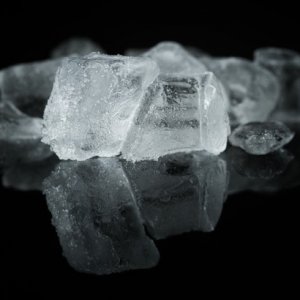
Baking Soda
You can make a paste using water and baking soda. This can be applied several times a day and can greatly ease the amount of itching you have.
Elevation
If it is possible, elevate whatever part of your body that got bitten. This will help relieve a bit of the swelling. For example, if a spider bit you on your arm or leg, you should raise that limb.
Not Scratching
Try to avoid scratching the area where you were bitten. This will assist in reducing the risk of any infection setting in. Additionally, the more you scratch at it, the more inflamed, red, and itchy it will get.
Lavender Essential Oil
Using a bit of lavender essential oil on the bite of a spider can go a long way towards soothing the inflammation and speeding up the process of healing. Just put a few drops in with a few drops of some sort of carrier oil – such as coconut oil – and then dab a bit right on the bite area. The sooner you apply this, the better it will be able to reduce any of the symptoms that aren’t wanted.

Witch Hazel
As an astringent that heals the skin, witch hazel is an ideal topical liquid that you can put right on the bite as it is needed to reduce things like irritation and redness.
Precautions
Symptoms of poisonous spider bites are truly something that should be taken seriously. If you or someone in your family is experiencing symptoms of a poisonous spider bite, try to get them medical attention ASAP. Spider bites can cause serious reactions that can sometimes be deadly, but they do happen – especially in children, elderly, or ill people.
If you experience any of the following symptoms, you should seek medical care promptly:
- You are unsure of whether or not the type of spider is poisonous
- Bite area worsens or spreads after using first aid
- Severe abdominal cramping, pain, or ulcer at the site of the bite
- Difficulty breathing
Rarely, spider bites can cause the serious allergic reaction known as anaphylactic shock. This can be fatal. You should call 911 or rush to the nearest hospital if you or someone you know experiences any of these:
- Loss of consciousness
- Stomach cramps
- Hives or a red rash
- Dizziness
- Severe numbness, cramping, or itching
- Hoarseness and/or wheezing
- Difficulty breathing
- Rapid swelling around the eyes, throat, tongue, or lips
As the bite heals, you should keep an eye on it. Watch for signs of infection that could include things like flu-like symptoms, swollen glands, fever, redness, swelling, or increased pain.
A Few Thoughts
As with bee stings or any other sort of bite from an insect, spider bites aren’t exactly pleasant. It is a good thing that most of them aren’t serious and will heal within only a week and with using only the most basic of home remedies. Symptoms of spider bites can vary, and you might not know what species bit you. Knowing the symptoms each one can cause can go a long way towards determining which one you were bitten by. Even so, spider bites can be mistaken for bites from other types of bugs, and even infections at times. If you don’t know what you are dealing with or if you know that the bite was from a dangerous spider, it is always best to seek medical care.
Sources
- You Tube, First Aid Treatments: How to Treat a Spider Bite
- Daily Natural Remedies, 10 Most Common Symptoms of Spider Bites
- Top 10 Home Remedies, Home Remedies for Spider Bites
- Spider Bite Treatment, Spider Bites: Overview, First Aid and Treatment









